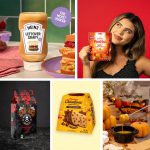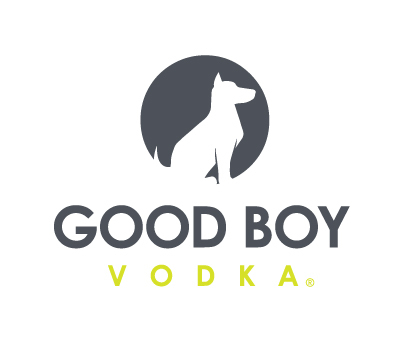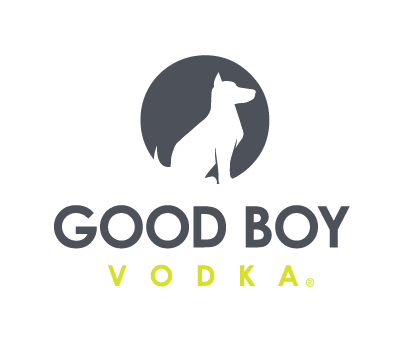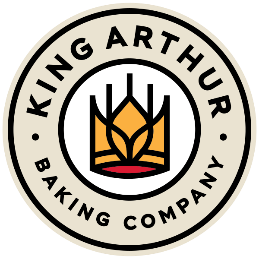Approaching Thawsome: CPG Investors Reflect on Cautiously Optimistic Q1

So if there were no fireworks going off on the deal front last quarter, that’s because they had a long enough fuse to extend into April.
Still, even as some of the deals exploded at the end of the month – purchases of OWYN (by Simply Good Foods) and Firehook Bakery (by Forward Consumer Partners), as well as the implosion of retailer Outfox and the ongoing travails of lender Ampla – there wasn’t yet much of a pattern beyond the ongoing stillness and fog around brand investment and M&A.
“We’re in a ‘tweener’ place right now where there are a lot of investors, strategics, who are quiet,” says Brad Barnhorn, a board member and investor for growth brands. “It’s not like 2016 or 2017 where it was ‘everyone’s growing, so let’s invest.’ And it’s becoming more company-specific as to what that new normal is like per sector.”
That’s because the industry is itself transitioning from the relatively easy capital availability of the second half of the last decade. Brands that once relied on investment to turbocharge their growth are instead having to create a lot of their own momentum, paying careful attention to not let their growth ambitions exceed their available working capital and not chase accounts simply for the sake of showing top-line revenue growth.
“Over the last couple of years, I’ve spoken to two or three hundred founders at least, and I can only recall one or two who were of the mind of ‘let’s grow the top line and make a lot of money,’” said Keith Kohler, the founder of K2 Financial Partners, who is a strong proponent of capital efficiency. “I didn’t cause them to shift; they had already come because they had to or they decided to.”
Still, even with funds still taking longer to raise their own capital – even Kim Kardashian’s headline-grabbing $80 million investment in sauce brand Truff in November came via a one-time SPV rather than a managed pool of capital, Axios reported – there are signs that things may be warming up.
Wayne Wu, a consumer brands investor with VMG, noted that he was more optimistic than he had been in recent months.
“We had a few years where folks were changing game plans from growth at all costs to a more balanced approach,” Wu said.
He’s not the only one seeing a thaw. One investment banker pointed to recent rounds funding Serenity Kids, a protein-focused baby food brand that pulled in a $52 million round B this month, led by Stride Consumer Partners. Another, older protein play, snack brand Wilde, was able to raise $20 million to further its growth, with funding led by CPG-focused KarpReilly, among other investors.
Brandon Ng, an investment banker with Houlihan Lokey, pointed to fresh rounds for veteran companies like Aloha. The brand had shifted its strategy and focused on measured, disciplined growth in recent years, Ng said.
“Aloha is an example of a brand that took the road less traveled to set a strong foundation for long-term sustained growth,” said Ng, a VP with the firm. “As such, the brand was able to demonstrate strong fundamentals across the board and was eventually rewarded with a partnership to help supercharge its growth.”
Houlihan Lokey also helped facilitate the sale of OWYN to Simply Good Foods. Under the leadership of CEO Mark Olivieri, the brand has grown to scale with $77.2 million in retail dollar sales and growing at 114.3% year-over-year in tracked channels. The brand sold for $280 million.
Still, momentum has been tough to come by, largely because, other than the OWYN deal, strategics largely sat out last quarter when it came to new M&A, according to Ryan Williams, the founder of the Food and Beverage Investment Database (FABID), a financial advisory firm which tracks CPG transactions.
Indeed, most of the investment that Williams tracked came from smaller internal rounds from existing investors.
As for large-scale M&A, it takes time to turn things around, but investors like Wu remain confident that strategics are reliant on entrepreneurs to provide innovation and growth that they can’t necessarily create internally.
“It’s our view that the most efficient way for strategics to innovate and drive growth is through M&A, giving strong CPG brands reason to be optimistic about the future,” he said.
Nevertheless, even optimistic brands are navigating a combination of factors when evaluating both raises and exits in this environment, notes Ben Settle, a managing director at Guggenheim Securities who represents consumer brands and acquirers.
While a number of CPG companies are preparing for M&A processes over the next six months, growth brands seeking a full exit should be on a near-term path to profitability, which can also be impacted by the buyer, he said.
“In today’s market, the growth brands seeking an exit are focused on nearing profitability. There is always noise in the financials, but the business model needs to be proven out in the marketplace.” Settle said. “Beyond financials, it is most helpful to have some differentiated facet to the business model that is ideally directed at a very large – versus niche – category.
“It is worth noting that raises for liquidity vs. growth have additional dynamics as investors require greater conviction in the business. This means more diligence and focus on ways to de-risk the long-term potential of the business.”
But some of the de-risking has started to happen. There have been changes in the cost structure for CPG brands over the past two years: production capacity is opening up, packaging costs – like aluminum – have dropped from all-time highs, and a wave of fiscal discipline have all created more profitable companies.
“Broadly speaking, there has been a rising tide of margin expansion across growing and scaled
brands over the past two years,” Settle said. “One example is how many COVID-signed supply agreements are rolling off and enabling savings on cost inputs like freight. Additionally, less competition from a myriad of well-funded startups seeking growth at all cost is another tailwind for established brands.”
One area that founders can look to for encouragement, investors say, is the overall amount of money that has been sitting on the sidelines, much of it in private equity. That “dry powder” is either going to have to be deployed or returned, although again, investors aren’t as likely to want to back founders that haven’t adapted to the new operational reality.
“It’s reasonable to think that you’ve come out the other side, you’ve cleaned up, and you’re at $12 to $15 million in revenue, you’ve improved your operating model, then yes,” there might be interested investors, said Jeff Gustafson, a partner at Propeller Industries who works on funding solutions for brands.
“If you haven’t, and it’s the same business two years later, you’re a lot less likely to be able to find money. If you can improve your business, take the two years, getting more financially responsible about spending money and the bottom line, it can happen.”

















